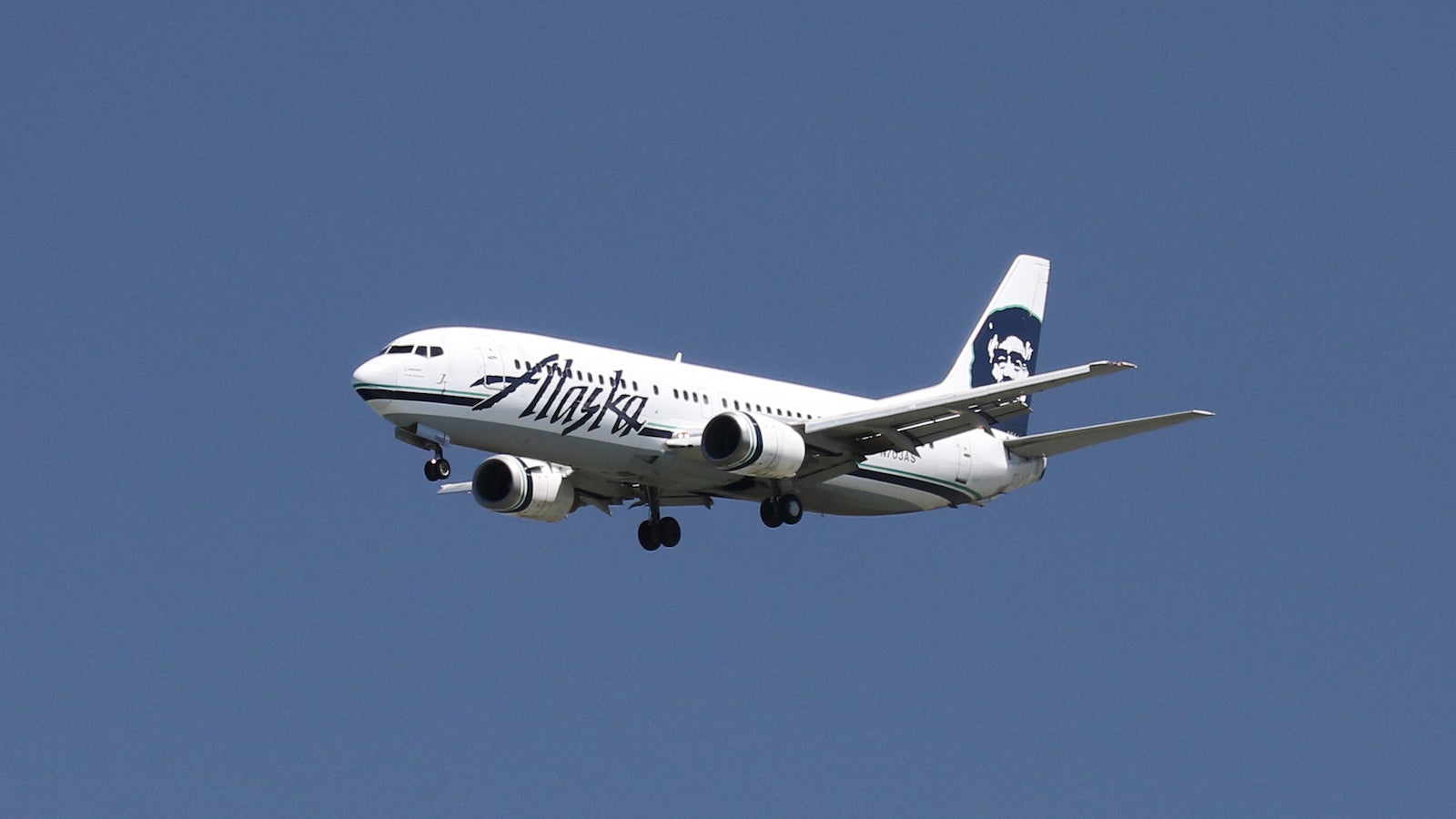A plane full of passengers got treated to a bit of workplace-inclusion history
On a recent Alaska Airlines flight from San Francisco to Portland, Oregon, captain Tara Wright took the microphone to welcome her passengers onboard—and to alert them that they were part of a milestone moment in the fight for workplace inclusion.


On a recent Alaska Airlines flight from San Francisco to Portland, Oregon, captain Tara Wright took the microphone to welcome her passengers onboard—and to alert them that they were part of a milestone moment in the fight for workplace inclusion.
“You’ll be piloted by two African-American female pilots, for the first time in Alaska Airlines history,” she said alongside first officer Mallory Cave, to cheers and applause in the cabin. “You’re making [history] this morning, whether you’re awake or not.”
It wasn’t the first US commercial flight to be commanded by two African-American women. On Feb. 26, 2017, captain Stephanie Johnson, Delta’s first African-American female captain piloted a flight from Detroit to Las Vegas with first officer Dawn Cook. And on Feb. 12, 2009, captain Rachelle Jones Kerr, co-pilot Stephanie Grant, and flight attendants Diana Galloway and Robin Rogers became the first all-female, all-African-American crew on a commercial flight, during an Atlantic Southeast Airlines trip from Nashville to Atlanta.
Wright and Cave’s feat is a small but significant step in an industry that is overwhelmingly white and male.
According to the US Federal Aviation Administration, just 4.4% of airline transport pilots—those licensed to carry commercial passengers—are women. Stats on pilots of color are harder to come by, but a 2014 study of US pilots found the corps was 2.7% black, 2.5% Asian, and 5% Hispanic or Latino.
The numbers aren’t much better globally. The Telegraph recent charted the percentage of female pilots across some of the world’s airlines. United’s was the highest at just 7.4%. At Norwegian Airlines, only 1% of the pilots are women.
Discrimination in commercial aviation is as old as the industry. The first African-American person of either gender to earn an international pilot’s license was Bessie Coleman, who received her license in France in 1921 because no US flight school would admit black students. Two decades later in 1943, Janet Harmon Bragg became the first African-American woman to be awarded a commercial pilot’s license in her own country.
US airlines wouldn’t hire black pilots until a successful 1963 Supreme Court challenge by Marlon Green, who was rejected for a position as a Continental pilot in favor of a less-qualified white applicant. American Airlines hired pilot David Harris in 1964; Green got a job with Continental the following year. It took several years more before American Airlines pilot Jill E. Brown became the first black woman to pilot a major US commercial airline, in 1978.
The industry’s lack of inclusion starts early in the recruitment pipeline. African-Americans of both genders make up a disproportionately small percentage of pilots in the US Air Force and Navy, where many US aviation careers begin. A 2016 study from Embry-Riddle Aeronautical University found that 27.3% of students in collegiate flight programs were “minorities”—as in, not white or male. That’s certainly an improvement, but it hasn’t yet translated to US flight crews that resemble the diversity of passengers they serve.
The world’s airlines face a critical shortage of pilots in the coming decades. Boeing estimates that another 637,000 commercial and passenger pilots will need to be trained by 2036 to accommodate the world’s increased air traffic. To fix that, the industry should perhaps turn first to groups it has long overlooked. As Wright and Cave demonstrated, a plane in the hands of trained and accomplished crew members of any race or gender still lands just fine.
Correction: An earlier version of this story omitted the 2009 flight in which captain Rachelle Jones Kerr, co-pilot Stephanie Grant, and flight attendants Diana Galloway and Robin Rogers became the first all-female, all-African-American crew in US commercial aviation.